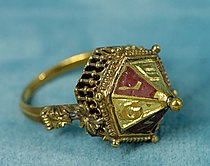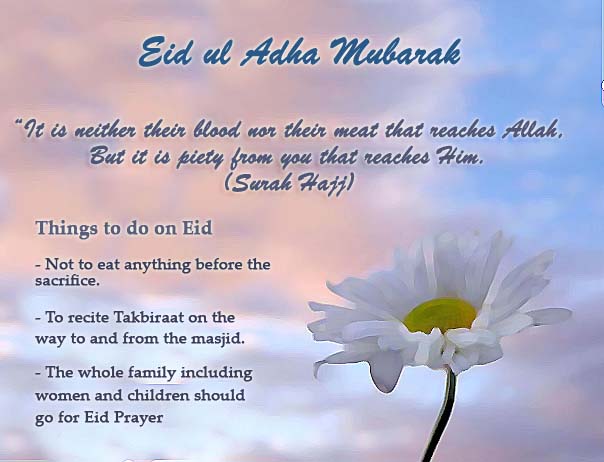Friday, November 28, 2008
Trade Show
Trade fairs often involve a considerable marketing investment by participating companies. Costs include space rental, design and construction of trade show displays, telecommunications and networking, travel, accommodations, and promotional literature and items to give to attendees. In addition, costs are incurred at the show for services such as electrical, booth cleaning, internet services, and drayage (also known as material handling).
Consequently, cities often promote trade shows as a means of economic development.
Exhibitors attending the event are required to use an exhibitor manual or online exhibitor manual to order their required services and complete any necessary paperwork such as health and safety declarations.
An increasing number of trade fairs are happening online, and these events are called virtual tradeshows. They are increasing in popularity due to their relatively low cost and because there is no need to travel whether you are attending or exhibiting.
Tuesday, November 11, 2008
Traditions and practices in Eid al-Adha


Eid al-Adha

In India and Pakistan it is also called Bari Eid (literally "Big Eid"). In Kashmir, where Kashmiri is spoken, it is called Baed Eid, and Keralites who speak Malayalam say Waliya Perunnal, both phrases also meaning "Big Eid." In Bangladesh it is called either ঈদ-উল-আজহা Id-ul-Azha or কোরবানী ঈদ Korbani Id. In South Africa it is also called Bakra Eid (or simply Baqrid in India, for the Hindi word baqara, meaning "goat", the traditional sacrifice).
In Southern Indian state of Tamil Nadu, and in Sri Lanka, which has large concentration of Tamil-speaking Muslims, it is called Peru Naal meaning 'The Big Day'. Sometimes, Tamil-speakers say Bakr Eid Peru Naal, meaning 'the Big Day of the Sacrifice'.
In Turkey it is called Kurban Bayramı. Similarly, in Bosnia and Herzegovina, Albania, Kosovo and Bulgaria it is referred as Kurban Bajram, the same root with Qorban Bäyräme in Tatarstan, Qurban Bayramı in Azerbaijan and Kurban Bayram throughout Russia. In Kazakhstan, it is referred to as Qurban Ait. In Iran and Afghanistan it is called "Eyd e Qorbán" by Persian-speakers and Loy Akhtar (literally, "the Greater Eid") or Kurbaneyy Akhtar by Pashto-speakers.
By the Kurds it is called Jejhni Qurban meaning Feast of Sacrifice.
In China it is called "Corban Festival" (古尔邦节、宰牲节 in Chinese) or "Qurban Heyit" in Uyghur language.
In the Malay Archipelago, especially in the Malay-speaking areas; Malaysia, Singapore, Indonesia and Brunei, the term "Idul Adha" (particularly in Indonesia) or "Aidil Adha" is used. "Hari Raya Korban", which means the Sacrifice Celebration Day is also widely used. Another term is called "Hari Raya Haji" which means Celebration Day of the Hajj.
Style, Fashion of a Ring

In France and French-speaking countries, a common pattern consists of three interwoven rings. They stand for the Christian virtues of "faith, hope and love", where "love" equates to that particular type of perfect disinterested love indicated by the ancient Greek word agape. Provocatively, this pattern slides off quickly, because the rings flow over each other.
Women in Greek and Anatolian (comprising most of modern Turkey) cultures sometimes receive and wear puzzle rings – sets of interlocking metal bands that one must arrange just so in order to form a single ring. Traditionally, men wryly gave them as a test of their woman's monogamy. However, with time and practice it takes little effort to re-make the puzzle and any intelligent woman can learn.
In North America and some European countries, many married women wear two rings on the same finger: an engagement ring and a plain wedding band. Couples often purchase such rings as a pair of bands designed to fit together. In addition, some women who have been married a long time wear three rings on their finger (from hand to tip): a wedding band, an engagement ring, and an eternity ring. This three-ring combination is especially common in the UK.
Engraving wedding bands is also becoming very popular in the United States.
Celtic-style wedding bands have become more popular in the U.S., Canada and other English-speaking countries with large numbers of people claiming Irish or Scottish descent. This style of wedding band will often be engraved or embossed with a Celtic knot design, which is meant to symbolize oneness and continuity. Sometimes a Claddagh design is also used to symbolize fidelity.
Sunday, November 9, 2008
Color........

Color or colour[1] is the visual perceptual property corresponding in humans to the categories called red, yellow, blue and others. Color derives from the spectrum of light (distribution of light energy versus wavelength) interacting in the eye with the spectral sensitivities of the light receptors. Color categories and physical specifications of color are also associated with objects, materials, light sources, etc., based on their physical properties such as light absorption, reflection, or emission spectra.
Typically, only features of the composition of light that are detectable by humans (wavelength spectrum from 380 nm to 740 nm, roughly) are included, thereby objectively relating the psychological phenomenon of color to its physical specification. Because perception of color stems from the varying sensitivity of different types of cone cells in the retina to different parts of the spectrum, colors may be defined and quantified by the degree to which they stimulate these cells. These physical or physiological quantifications of color, however, do not fully explain the psychophysical perception of color appearance.
The science of color is sometimes called chromatics. It includes the perception of color by the human eye and brain, the origin of color in materials, color theory in art, and the physics of electromagnetic radiation in the visible range (that is, what we commonly refer to simply as light).






